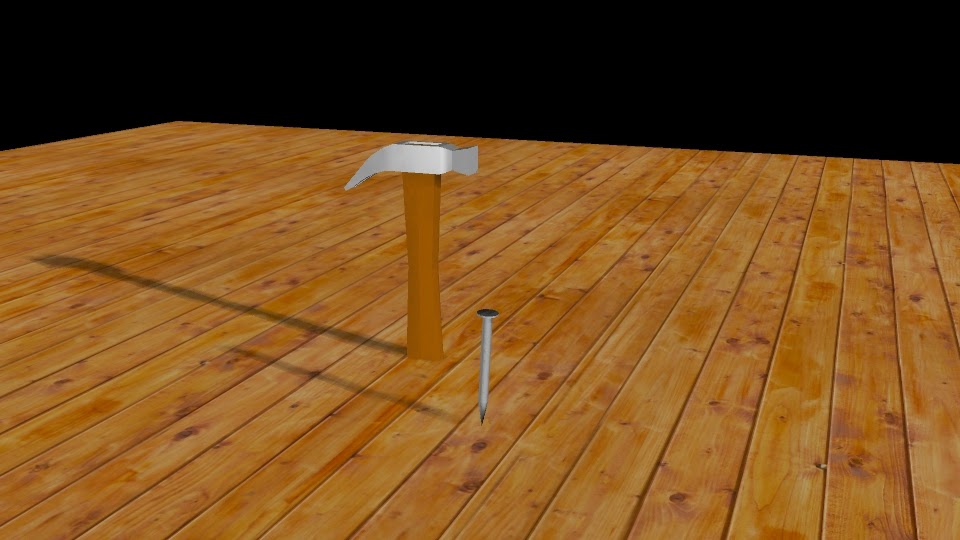"Talent is Bulls***."
An Article Review from nofilmschool.com
According to comic artist Ty Templeton, no one is "talented".
The people we attribute that word to have no innate knack for anything, but their high level of skill is the result of hard work, dedication and LOTS of practice.
In the nofilmschool.com article "Talent is Bulls***", Templeton shares opinions about eliminating the myth of having a "gift" for storytelling, as well as his thoughts on how to tell better stories.
He starts the video by claiming that every workshop he teaches begins by sharing his "Talent is Bulls***" philosophy, and he mentions in the video how Mozart is always brought up by a student when talent is dismissed. Mozart, they reason, must have had innate musical talent since he composed music when he was 5.
"Now, I've played Mozart's 5 year-old symphony," he said.
"It's sh*t. It sounds like it was written by a five year-old."
After hearing this I decided to see for myself what Mozart's early pieces sounded like.
Here's a video of his first works.
Keep in mind that he was five when he wrote this.
I feel like it's still an impressive feat for anyone to write ANY music at such a young age, but I can definitely see why Templeton thought these pieces didn't demonstrate outstanding brilliance or "talent". Taken in the context of the time, they sound like a million other Classical period compositions. His first pieces are sub-par and boring. There is nothing special about them other than the fact that they were made by a kindergartener.
But Mozart aside, the question still stands -
Does talent exist?
I personally agree with Templeton's statement that "talented" people are only considered talented because of their hard work, but I believe innate ability is still present in some people. People choose to go into the entertainment industry not only because they have an interest in the craft, but also because they recognize that they possess the abilities and potential to be successful in it.
Someone that is fascinated with entertainment but is horrible at making films will probably not choose to be in the entertainment industry.
However, that isn't to say that hard work and commitment can't remedy that and result in a successful film career if they decide to pursue one.
However, that isn't to say that hard work and commitment can't remedy that and result in a successful film career if they decide to pursue one.
In this case, practice really can make perfect.
Later in the video, he offers advice to writers wanting to increase their level of storytelling "talent":
"Tell a story your audience thinks they know how it will turn out, and then don't let it turn out that way."
His logic is that a predictable story makes for a boring story.
Always keep the audience guessing, and always have them be surprised.
The success of The Sixth Sense relies solely on this concept, as well as just about any Twilight Zone episode.
Now I'm a sucker for twist endings, and I'm fairly certain that most people are. The best stories are the ones that keep you guessing, and a story that causes such intrigue is a story that will draw the audience in. This, of course is one of the primary goals of storytelling: make the audience care.
One of my favorite twist endings comes from an episode of the Twilight Zone where a daring, bombastic and fast-talking employee desperate for cash bets his multi-millionaire employer $500,000 that he can stay silent for a full year. Being annoyed at the man's quick tongue and confident that he will fail, the employer agrees. Thus it's arranged that the man will stay in an observation cell where it's made sure that he won't say a word.
SPOILER ALERT
After the year passes, the man demands his $500,000 to the employers dismay. It's then revealed that the employer never had the money to give him in the first place, and that he is completely bankrupt. The employer congratulates the man, stating that he is the more honest man. He urges the man to talk, but the man writes on a slip of paper that on the day before the bet he had his larynyx removed, and thus cannot speak.
This kind of twist ending is just the kind of thing to keep audiences guessing and interested, and is an amazing device that makes your work stand out. By choosing the road less travelled and ending it in a different way from what audiences would expect, the film will become far more satisfying to audiences who want to be challenged and see something new and exciting.
Later in the interview Templeton states that writing to show off your writing abilities does nothing to better the story you're telling. Everything needs to service the plot, and extra embellishments may massage the ego, but ultimately, the audience is there to be engrossed in your story, and anything that detracts from that will result in an unenthused audience.
Now we may differ in some nuanced viewpoints about talent, but I wholeheartedly agree with Templeton's thoughts about how to tell a successful story.
People may come to be entertained, but they stay to get sucked into the world of the story.
I concur with his claim that good writing always immerses the audience in the story being told, and that any kind of ego stroke through the use of unnecessary artistic elements will completely distract from the main point of the film.
In all, I believe that Ty Templeton has some very interesting viewpoints, but the overall takeaway from the article and attached interview was this: the story is the most important aspect of any creative project, and anything that distracts from that - including showing off your "talent" - will result in an uninteresting film for audiences.

















